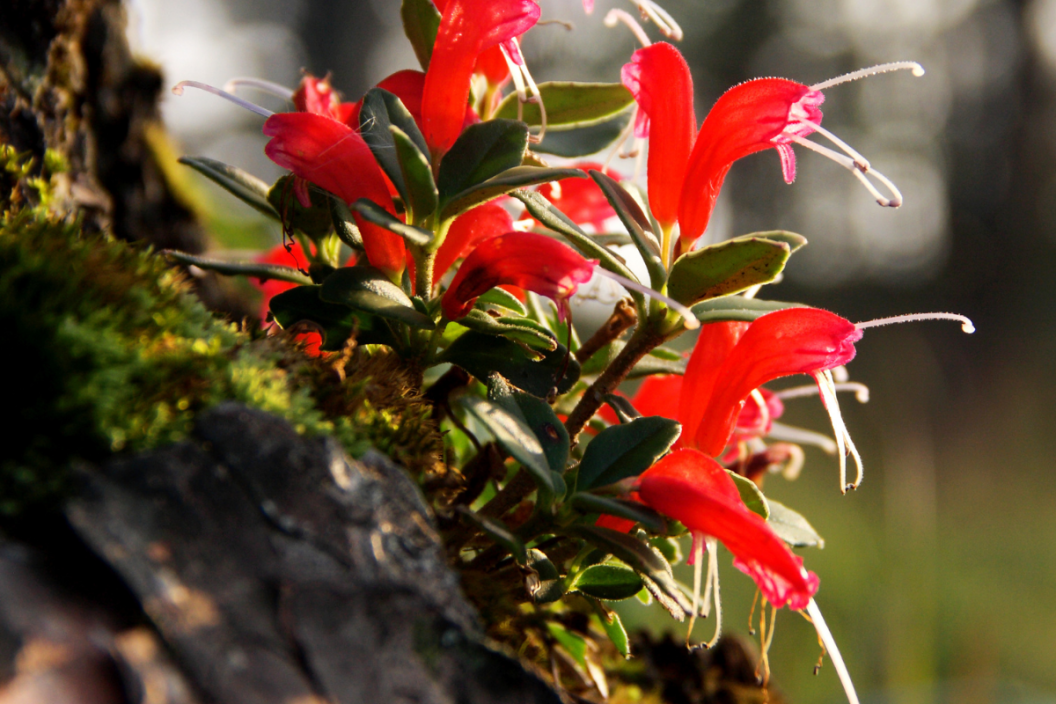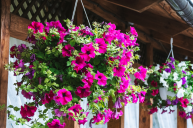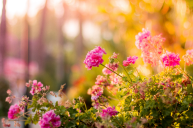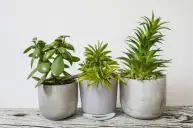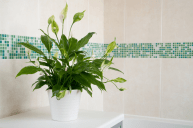Filling your home with houseplants is a great way to create a warm, welcoming atmosphere no matter the weather outside. It actually makes people happier to have plants in their homes, along with creating cleaner and fresher air! The difficult part about owning plants is figuring out how to care for them, since each kind has different needs. One of the most popular choices for an indoor plant to liven the room is the lovely lipstick plant.
Videos by Wide Open Country
What is a Lipstick Plant?
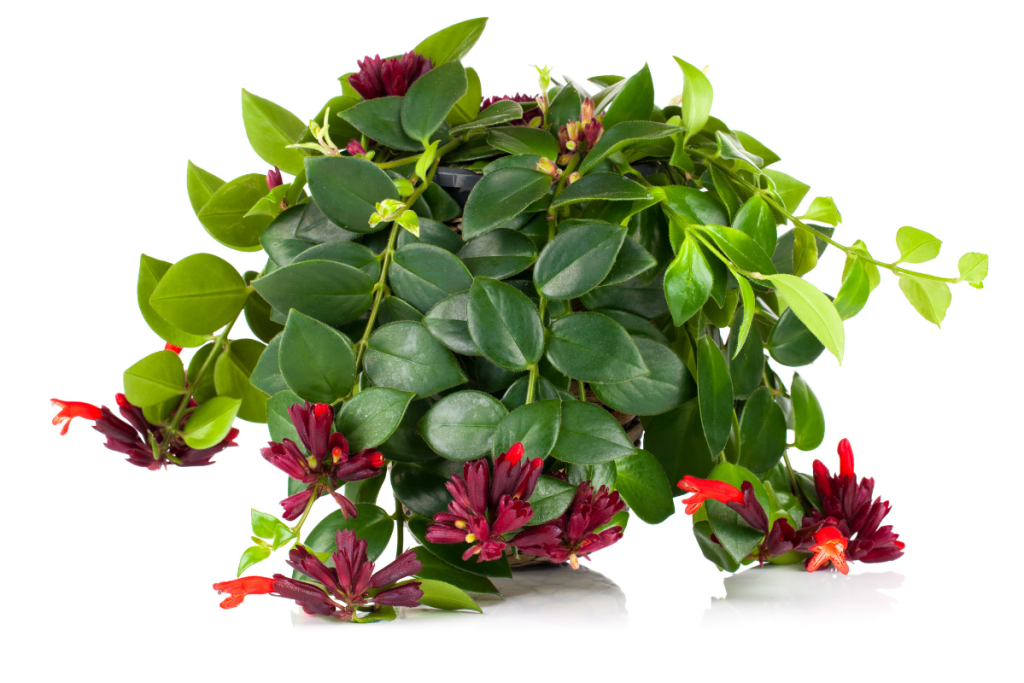
The Aeschynanthus Radicans, whose common names are lipstick plant, lipstick vine, blushing rose and basket vine, is a popular choice for a unique indoor houseplant. This vivacious plant earns its name because of its flower buds, which peek out of their calyx like a mini tube of lipstick. Part of the Gesneriaceae family and native to Southeast Asia, the lipstick plant is beloved for its shiny foliage and pretty, lipstick-esque flowers.
This tropical plant makes any room feel brighter and more alive with its vibrant coloring and array of bright green leaves. Its tubular flowers come in a variety of colors, from bright red to orange, pink, and purple. The lipstick plant does fine in a pot, but it thrives in a hanging basket, which allows its leaves to hang down and grow without restriction.
The Aeschynanthus Radicans does well outdoors in warm, winter-free climates, but this epiphyte thrives as an indoor plant when kept in the right conditions. There are many different varieties, each adding its own flair of color and style. The Curly Q variety has dark green leaves and a curly shape, while the Cassiopeia is known for its bright red flowers and deep purple-red buds. As for the Mona Lisa variety, it blooms beautiful red-orange flowers.
Lipstick Plant Care
https://www.instagram.com/p/CEZb9qJg4lp/
Lipstick plants love the light, and they need about six hours of bright light to bloom to their full potential. If flowers don't appear, your plant might not be receiving enough light, so it's best to move it to a location where it will receive more light. However, avoid direct sun, as the lipstick plant doesn't do well in direct sunlight either. This beautiful plant is a high humidity plant, so it does best in humid locations like the bathroom.
Although the lipstick plant loves humidity, it doesn't do well with too much water. Misting it a few times a week is a great way to provide humidity without overwatering. It should be watered enough that the soil stays moist, but it shouldn't stay wet or overly saturated for long time periods.
With too little water, it will wilt, but overwatering can cause root rot and fungal problems. If this occurs, you can buy fungicide on Amazon to eliminate these issues. Some insects that commonly affect the lipstick plant are aphids, mealybugs, and spider mites. If your plant becomes afflicted with any of these, a strong spray of water can dislodge aphids, and spraying your plant with neem oil should take care of other pests.
Lipstick Plants For All!
To encourage your lipstick plant to grow lots of its lovely flowers, fertilize it monthly in the spring and summer. Use any general-purpose fertilizer mixed in with the potting mix. Adding liquid fertilizer and vitamins into the potting soil helps to retain soil moisture.
For propagation, cut the stem about four inches and expose the cut end to a rooting hormone. Then, put the cutting in a container of vermiculite and perlite mix, and keep it in a warm place away from direct sunlight. You should see new roots in two weeks. This will result in new plants to spread the beauty of the lipstick plant throughout your home or share with friends!
